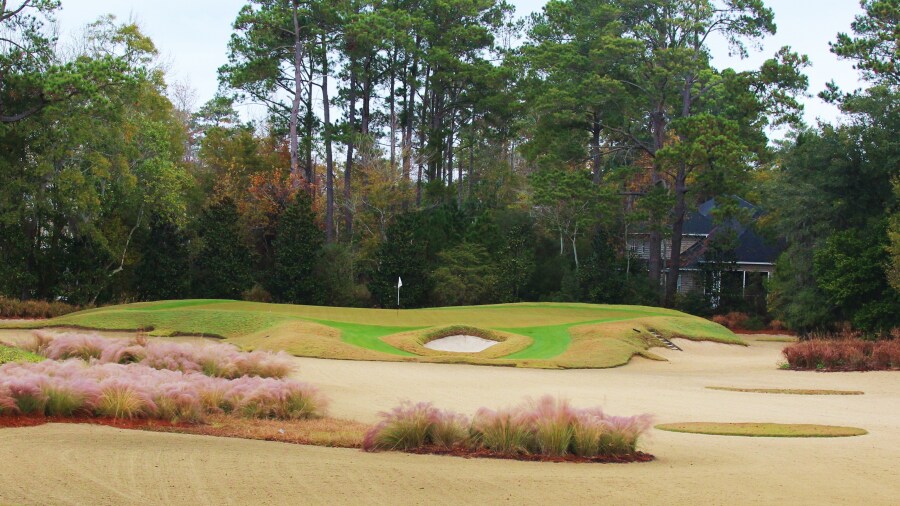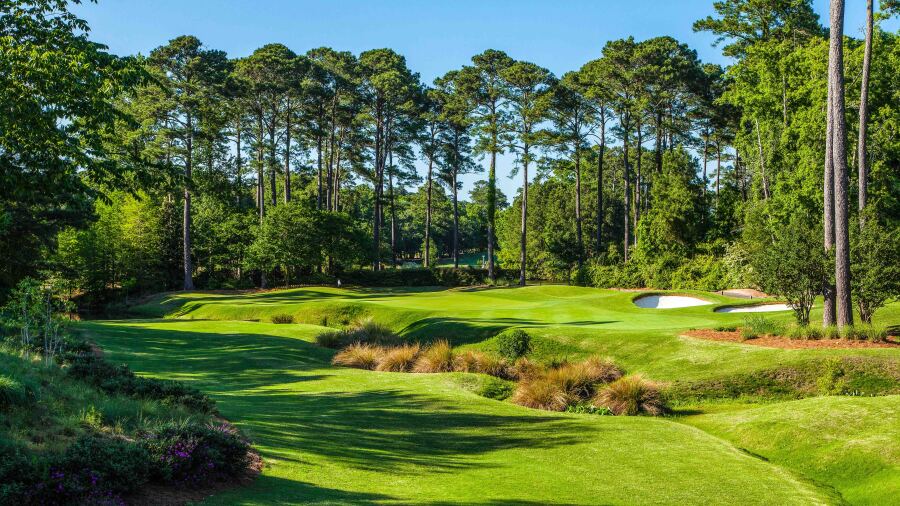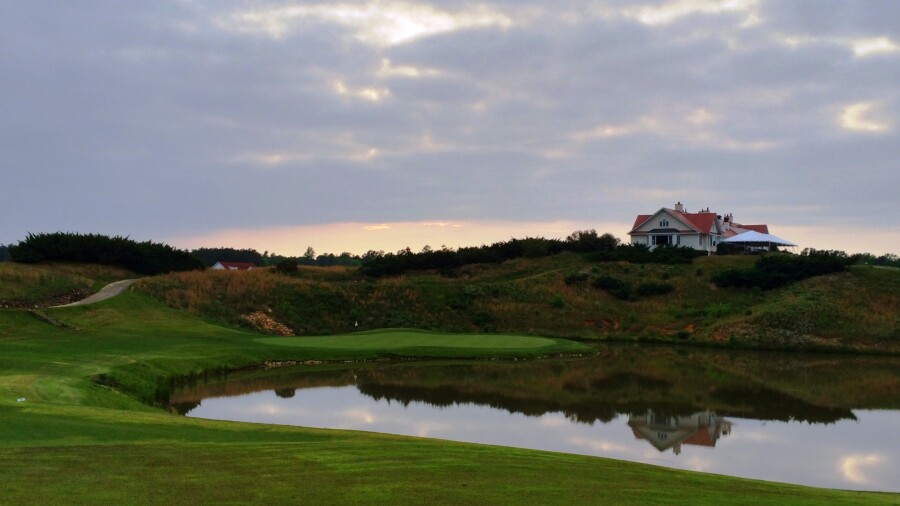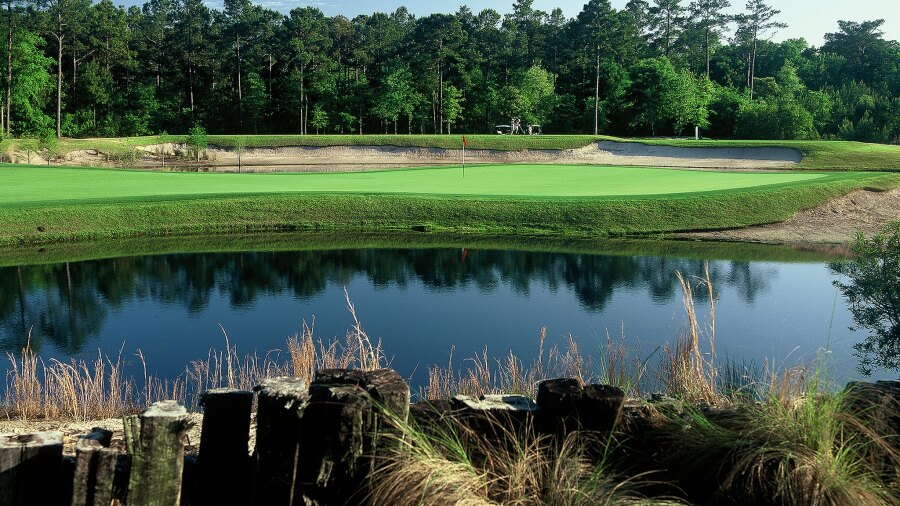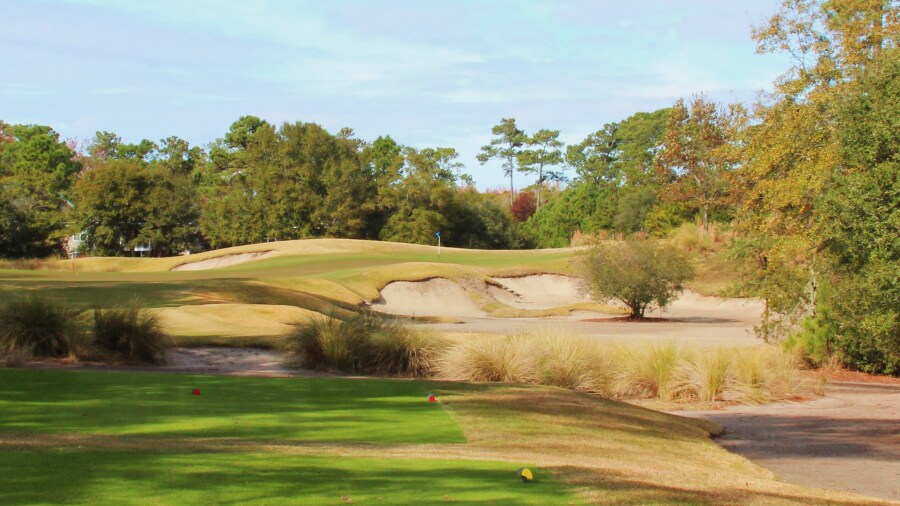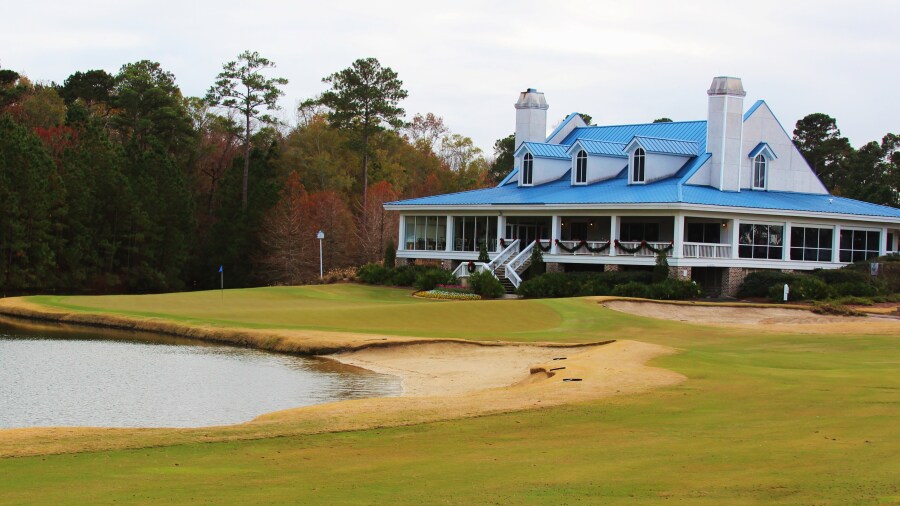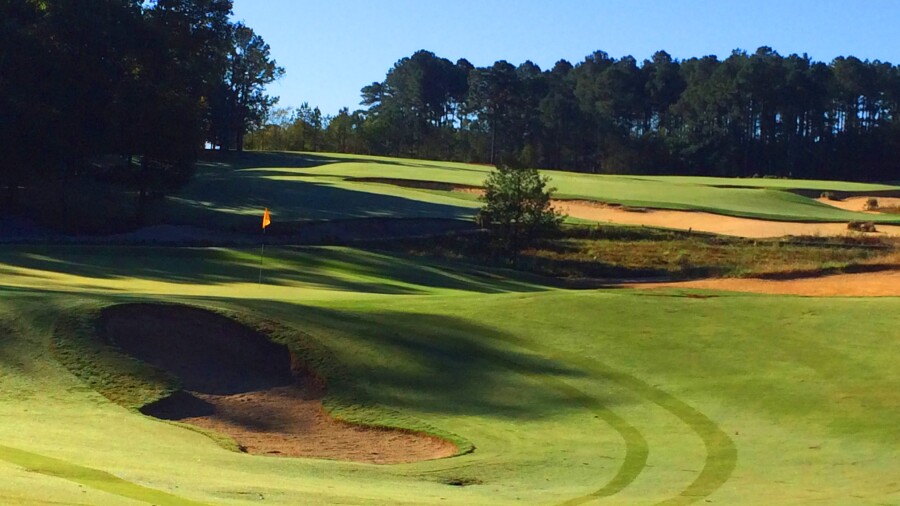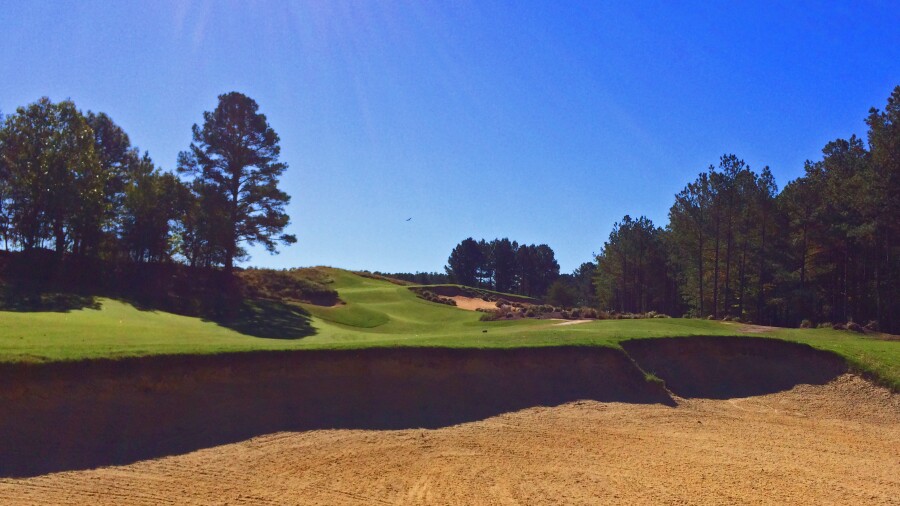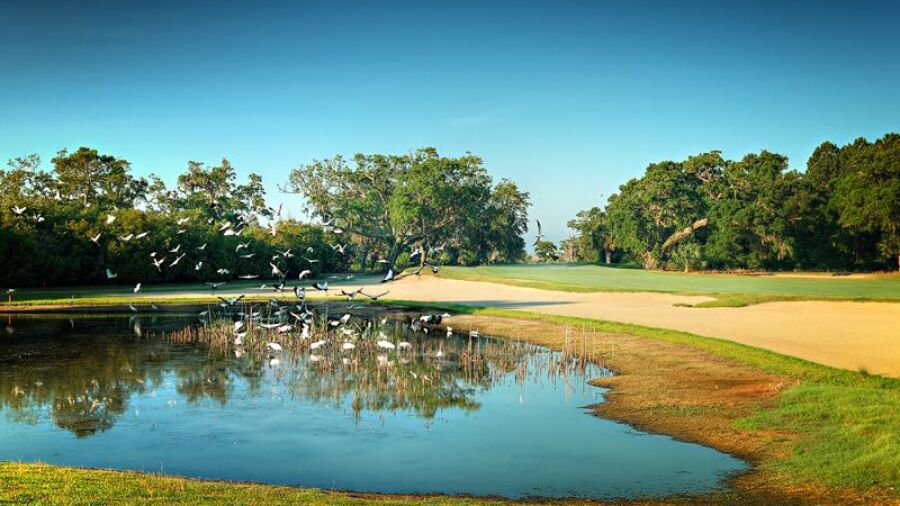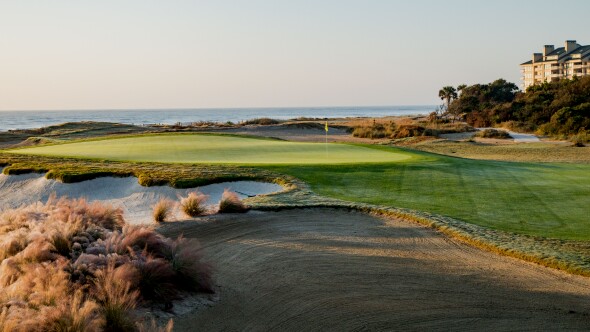- Born
- May 27, 1955
- In
- Toledo, OH
- Died
- Jun 10, 2005
About
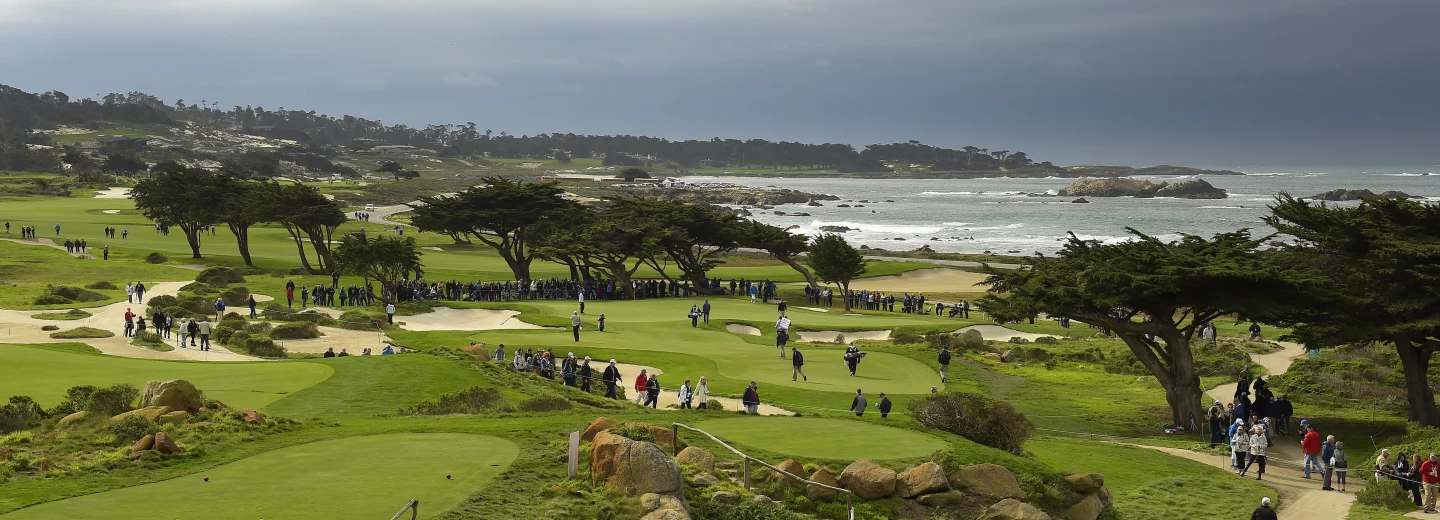
Mike Strantz was an artist.
By the time of his death in 2005, he had made a bigger impact on the game of golf with his seven original course designs than most architects with ten times as many courses can claim.
How can such a truncated career’s work be so influential? The unique set of aesthetic and strategic values that characterize Strantz’s work made him one of a handful of architects that even minimally curious golfers seek out. Not all golfers are passionate about the nitty-gritty of golf course architecture, its history and figures, but scores of people who have taken a golf trip trip, especially along the eastern seaboard, have been fascinated or confounded by at least one of his courses. Accolades like “Architect of the Year” from Golf World in 1999 and recognition as one of the 10 greatest all-time architects per Golfweek certainly raised his profile among golfers of all stripes.
Strantz first came to notice as a force in architecture with the 1994 debut of Caledonia Golf & Fish Club in Pawleys Island, South Carolina. Built on just over 100 acres of former plantation land, Caledonia is a gorgeous, intimate golf course. Dozens of gnarled, Spanish moss-draped live oaks – all who enter the property do so via a Southern-traditional “avenue of oaks” – provide separation to the holes and infuse a historic, Lowcountry charm to the course.
The golfing features are similarly stimulating: large, heavily contoured greens and sinewy fairways intermix with deep, expressive bunkering and a handful of aesthetically and strategically consequential ponds and streams. The 18th hole requires an approach shot over an extension of the Waccamaw River, with the manor-style clubhouse just steps over the back edge of the green.
Caledonia is a rare golf course that brings together an interesting 18-hole journey with an indelible sense of place. And unlike most Myrtle Beach golf courses, no houses or condominiums line the corridors of play.
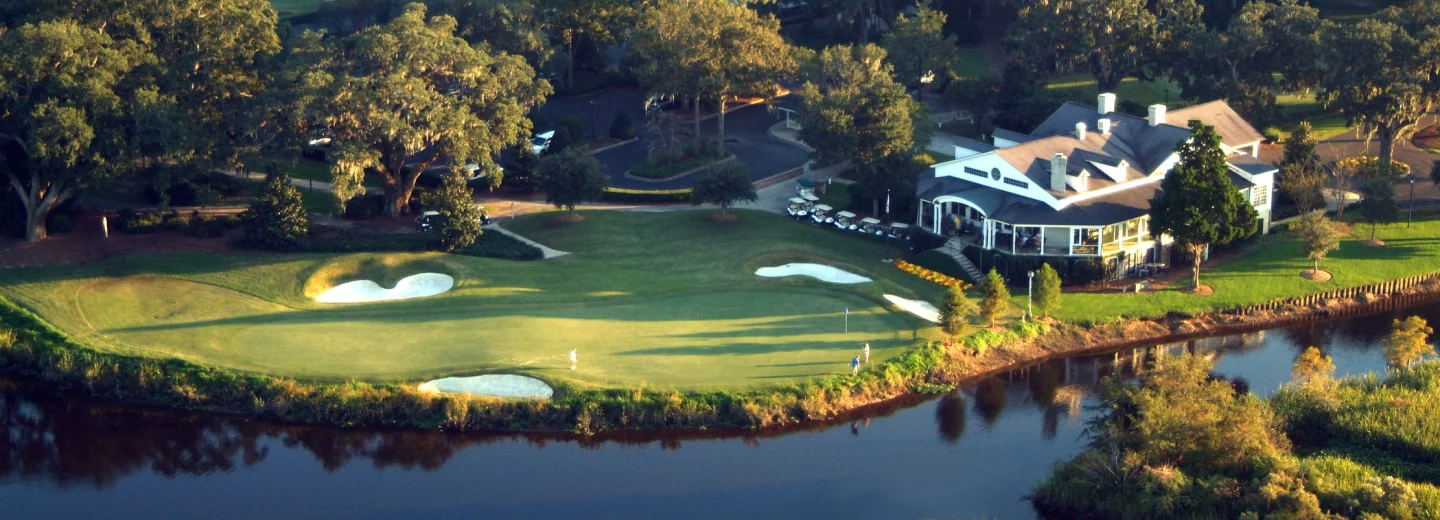
Strantz would hit his stride through the late 1990s and early 2000s. Royal New Kent and Stonehouse both opened in 1996 between Richmond and Williamsburg, Virginia. Royal New Kent evoked the wild dunes of the great Irish links in a Tidelands setting, while Stonehouse was cut through rolling forest land, with significant elevation changes and ravines challenging golfers. These courses have had plenty of ups and downs in their lifespans, to the point where they were closed at the end of 2017, before being revived under new, separate ownership entities in 2019.
2 Min Read
January 28, 2019
A second Virginia property is the latest design from the late architect rescued from the brink.
Two years later, Strantz opened two more golf courses, including his most acclaimed – and most controversial – yet. At True Blue Golf Club, he fashioned a more expansive, bombastic sibling to Caledonia that took cues from the likes of Pinehurst No. 2 and Pine Valley. In marketing materials, True Blue was positioned to tourists as the “Hell” to Caledonia’s “Heaven,” and after complaints by early visitors, some of its features were softened. Today, though somewhat tamer than originally envisioned, True Blue is a big, fun golf course with plenty of danger lurking.
The same year, Strantz opened Tobacco Road Golf Club a few miles north of Pinehurst, North Carolina. Given a former tobacco farm that was later mined and excavated, Strantz was able to let his playful imagination run wild on a canvas that already had considerable character. The result is a course that had equally vocal cadres of fanatics and haters, though that latter group has shrunk as time has lent context to his achievement.
There are surrealist holes and heroic shots at Tobacco Road found nowhere in the golf world, and the contrast it lends against Pinehurst’s mostly classic, traditional courses has made it a bucket-list course for scores of visitors. There may be no publicly-accessible course that has challenged more people’s preconceived notions about what golf course architecture can be than Tobacco Road.
Opened in 2000 and located in the central North Carolina town of Asheboro, Tot Hill Farm was Strantz’s sixth original course design. The hilly, forested site lent itself to yet more truly unusual holes, including par threes like the sixth, 13th and 15th, whose greens are perched above rocky streams and where an errant shot can send a ball bouncing into oblivion. Located as it is in a less-populated area, Tot Hill Farm has enjoyed less success than Strantz’s Pawleys Island courses and Tobacco Road, but those who seek it out are rewarded with another unique experience that shows off Strantz’s artistic approach to design. And with rates below $50, it is a stunning value.
Mike Strantz's courses in pictures
Bulls Bay, established in 2002 north of Charleston, South Carolina, became Strantz’s first private course design and his last wholly original effort. It occupies one of golf’s most impressively manufactured sites, where he dredged dozens of acres of ponds and raised a 75-foot high hill, sited the clubhouse on it and routed the golf course around it in modern homage to Shinnecock Hills. All but three greens are visible from this perch, and the holes splayed out from it comprise a memorable course, with huge landing areas and a diverse set of greens whose changing hole locations can make for quite different challenges one day to the next. Despite its unique situation, Strantz exercised considerable restraint in the design, making it a joy to play over and over.
From Bulls Bay, Strantz moved west, working on two California courses in his final years. The first was Silver Creek Valley Country Club in suburban San Jose, where he remodeled an existing 1992 Ted Robinson Sr. design. Despite this being his lightest-touch project, he was able to give the course some renewed character while blending it in with the surrounding terrain.
Strantz’s last project would be a comprehensive rebuild of the Shore Course at Monterey Peninsula Country Club near Pebble Beach. Here, with the Pacific Ocean as his backdrop, his passion for “dream[ing] big and then construct[ing] those dreams,” as his wife Heidi once said, led him to push through the increasing toll that mouth cancer was taking on his body and bringing his vision to the seaside club’s grateful membership.
“This is our last hole,” Strantz said during the project, and he was right. One year, minus a day, after the Shore Course reopened to acclaim from both the membership and the golf media, he passed away at the age of 50.
Since 2010, the Shore Course has served in the rotation of the PGA Tour’s AT&T Pebble Beach National Pro-Am, bringing Mike Strantz’s mischievous spirit to some of the world’s best golfers for a week each year.
Additional context
In 1979, when the U.S. Open was held at Inverness Club in Toledo, architect Tom Fazio, whose own solo career was getting underway, recruited Strantz to work for him. Strantz would ultimately help build several courses for Fazio before hanging his own shingle in 1987.
As the head of his own organization, Strantz’s first big break came when he oversaw the near-total reconstruction of the Links Course at Wild Dunes Resort near Charleston, South Carolina, after it was devastated by Hurricane Hugo in 1989. The success of this project put him on the radar of other developers and led to work on projects like Arthur Hills’ Dunes West Golf Club (1991), also outside Charleston.
Another course where Strantz had considerable influence: Heritage Club, virtually next door to both Caledonia and True Blue in South Carolina. Though the course was routed by Dan Maples in the late 1980s, developer Larry Young conscripted him to rebuild the bunkers and green complexes in 1993. Anyone wishing to study Strantz would be foolish to overlook Heritage.
Finally, no accurate recap of Mike Strantz’s career can be complete without a mention of Forrest Fezler, a former PGA Tour player whom Strantz met during his Tom Fazio years and who would be his design deputy in their Maverick Golf Design operation. Fezler passed away in December 2018, joining Strantz at the Big Golf Course Construction Site in the Sky.
Mike Strantz: other courses of note
Mike Strantz's seven original and two renovated courses are well known, but here are some other courses he worked on, both for Tom Fazio and others.
Myrtle Beach, South Carolina
Public


